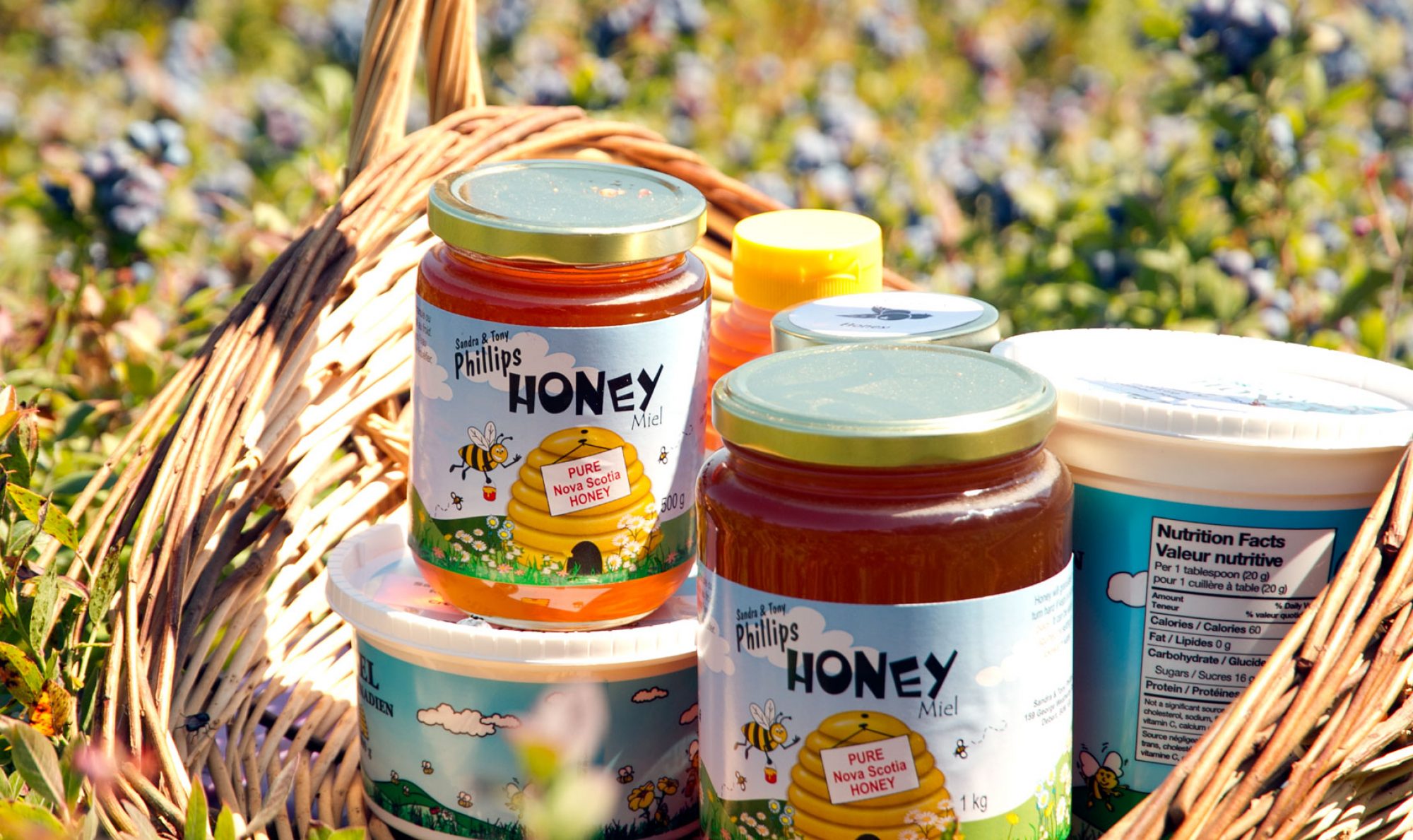



Local Honey, Debert, NS





Coltsfoot is a low-growing perennial,probably introduced to Canada as a medicinal plant (think coltsfoot cough drops). The flowers, similar to dandelions, appear before the leaves. Coltsfoot is a plant of roadsides and gravelly wasteland. The plant’s name comes from the leaf shape. It is one of the earliest flowering plants …I’ve seen honeybees working it in March, probably for pollen. Pollen seems to be on their minds in early spring because they need protein as well as honey to raise new bees. I’ve seen them gathering bird seed dust from feeders and sawdust from woodpiles in early spring. They need pollen and they are not to choosy and will often lug home pollen look-alikes.

Creeping Charlie. The first ten hits from Google are about how to kill “creeping charlie”. No! No! No! It’s a great bee plant. It’s a member of the mint family and apparently you can eat it, too. At our place it is abundant in our orchard and in shady parts of our lawn. Honeybees and bumble bees work it hard in the spring and early summer …another reason I’m pretty slack with the lawn mowing. Interesting factoid: Creeping charlie flowers don’t all have the same amount of nectar reward. Some flowers can have forty times more sugar than others. The bees work all the flowers and they get pollinated but the plant saves resources by only giving an occasional payout jackpot. Kind of makes me think of Timmy’s rollup the rim … “please play again” … and we do, and so do the bees.
We have smoothies for breakfast a lot in our house. They’re an easy favourite for kids and great for busy mornings. Just pop them in a to-go cup and go! Any leftovers go in the fridge for any potential “hangry” toddler moments that day.
We have a high speed blender that makes super smooth smoothies (it can even heat up soup if you leave it running for a few minutes!), and it allows us to put in extras like greens, oats, etc. that might not blend up quite as smooth in a regular blender. That said, just try adding the ingredients more gradually or running the blender a few extra times to get the smoothie consistency you like.
Tip: Put the yogurt in first, then bananas, any add-ons and add the frozen blueberries last to make sure things blend together well with no chunks. (Confession time: I cracked a blender once by putting frozen strawberries in first. )